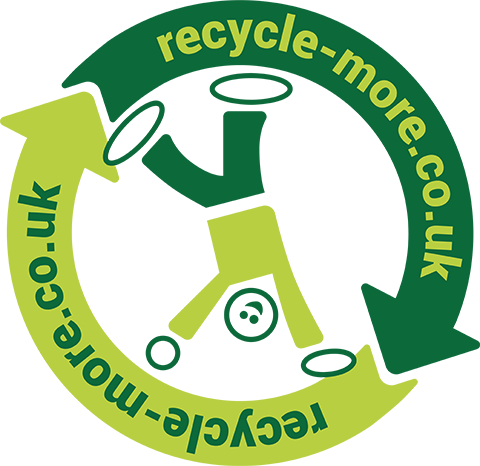
The Emperor's Old Clothes
James Beard
April 6, 2022
The impact of our choices when it comes to buying clothing was discussed in detail in our blog "The Impact of Our Clothes". Making the right choices when buying clothing is key to reducing our impact but choosing how you dispose of clothes at the end of their life is also important. Our recent research study shines a light on the perceptions and behaviours of clothing disposal once the garments reach the end of their first life.
Charity begins at home but should not stop there
The UK’s textile recycling industry is driven largely by the charity sector. Understanding the inherent value in clothing has long been a strength of charities, so it comes as no surprise that more than half of respondents (57%) claim to have donated old clothes to charity shops in the past year. More than a third of respondents (36%) had donated via clothing banks, with others donating via door-to-door collections (20%) and community schemes (13%).
A majority of people who responded to our survey (59%) told us that the charity aspect of clothing donation was either extremely important or very important to them, whilst only 3% told us that the charity aspect was not important at all.
Room to grow
With 300,000 tonnes of textiles destined for landfill or incineration each year, there is clearly room to grow collection networks. Increasingly, retailers are offering to take clothes back in store, but only 12% of our respondents claimed to using this method in the last 12 months. The Covid lockdowns are likely to have played a part, with nearly 20% telling us that going to a store wasn’t convenient, but nearly half of people (46%) told us that they hadn’t used a retailer takeback scheme because they hadn’t heard of it as an option. Bringing in-store systems into the mainstream could help capture some of those 300,000 tonnes that simply get disposed of.
Reuse v recycle
Much of the value in used clothing lies in its ability to be reused. There are large markets both domestically and internationally for second-hand clothes, but what happens if clothing can’t be reused? 13% of respondents told us that they hadn’t discarded any clothes, so there is a good chance that many items simply lurk at the back of wardrobes, waiting to be discovered. Sadly, 6% or respondents admitted to throwing their old clothes away. Of the people that threw clothes away, 45% told us it was because their clothes weren’t in good enough condition to be reused.
This highlights the need for the development of recycling technologies to handle these low-grade items. Of particular interest is the development of fibre-to-fibre recycling which would allow old clothes to be turned in to new textiles for repeated use.
Whilst reuse will always be preferred to recycling, closing this loop will allow consumers to choose to buy clothes with a high recycled content. This will go some way to helping the 95% of consumers that suggest they are concerned about the environmental impact of the clothes they wear.
Disclaimer: The opinions expressed in this blog represent those of the author, James Beard, and are not those of recycle-more, Valpak Limited or any other organisation.





